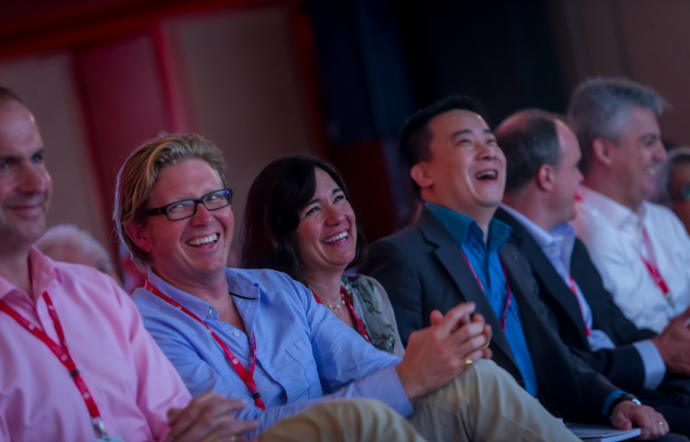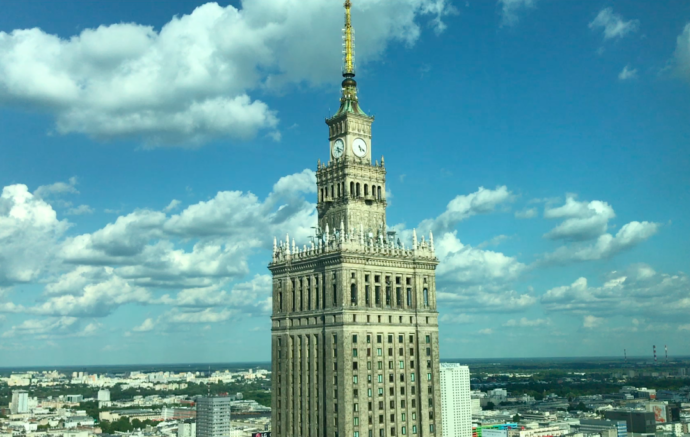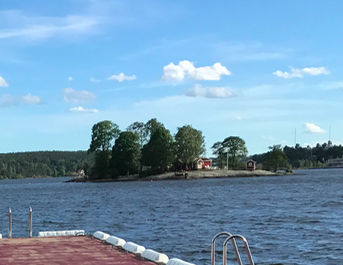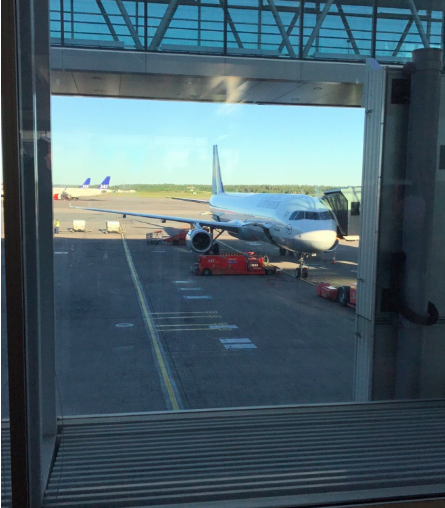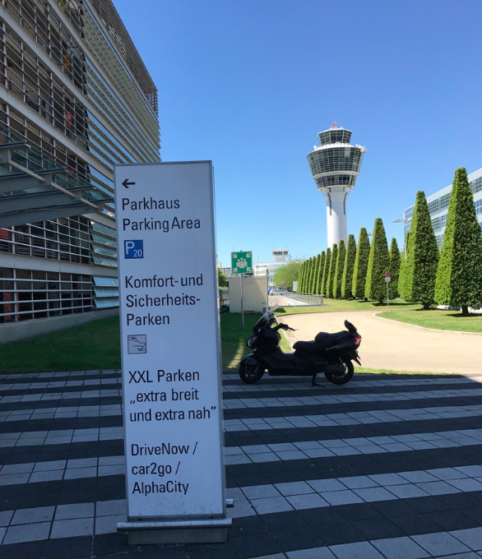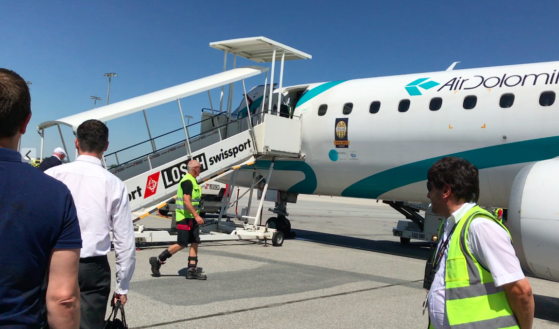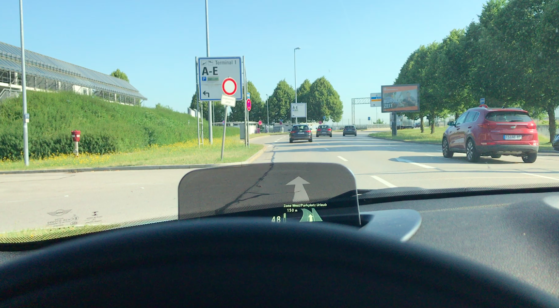
How to fly to the wrong country in order to make it to your speech…
Here is a tricky question for you:
What would you have done if you were me…?
I arrive at CDG airport at 10 AM for my flight to Toronto scheduled departure at 13:05 on July 11.
(Flight would arrive Toronto at 3 PM on July 11 and I was scheduled to speak to 5000 people at 10 AM the next day, July 12.)
When I try to check in I am asked: “Do you have an eTA?” (An eTA is a newly introduced new process for “electronic travel authorization”, similar to ESTA in the USA.)
The problem was that I was not aware of this new procedure, which was introduced in November 2016. (And neither were A LOT of other passengers on the same flight I was booked on who all had to rip out their mobile phone to go online and register.)
(Now, let’s pause for a second and acknowledge that the responsibility to find out that I needed an eTA was 100% mine (not the clients, not the travel agent who booked the ticket, not the airline and not the speaking agency who booked the speech for me. I had missed that the rules had changed. But you would think that Air Canada would inform their passengers at point of purchase…)
I went online to register (“It only takes a few minutes” the website said.) only to get a message “flagging me” and saying that I was not accepted but had to “submit some more documents”.
Now the hell begun.
The email did not state WHAT document needed to be submitted and to be able to submit the document I had to register on a separate web service and “link” my eTA application to this other account – the problem was that that did not work.
And after trying for 5 times I get THROWN OUT of the service with a message that says: “you have tried to log in 5 times and are now blocked from logging in again for 24 hours…”
Ops.
No eTA (meaning the airline could not let me on the plane.)
No way to submit it until at least 24 hours has past (which is past my speaking slot already…)
No one to talk to (“this is a computer, you can not talk to anyone”, said the poor Air Canada women who with sadness in her voice communicated “there is nothing we can do, expect book you on a flight 24 hours from now” …
It was now past check-in time for my flight to Toronto and that was the last flight to Canada to arrive in time for my speech on the morning of the 12th.
What would you have done?
I called my agency and said: “I think we might have a bit of a problem…”
And then I added: “I just want you do be in the loop, now let’s see if I can fix this…”
I went to another Air Canada employee (Lesson: Never trust the information of just one airline employee in a crisis.)
He confirmed that there was no way to get to Canada BUT he then added: “It is only people who FLY into Canada who need eTA, if you drive in to Canada you do not need it…”
He then recommended I fly to Rochester in the north of New York, USA and then DRIVE into Toronto (!)
A glimmer of hope opened up.
Went online and googled “Flights from CDG to Rochester”.
Good News: Turns out there was a flight leaving with Air France at 4.40 PM arriving at 22.22 PM in Rochester.
It would then be a 3.30 hours drive from there to Toronto…
I would arrive at around 2.30 AM in Toronto.
(Luckily I have a ESTA for the USA already.)
Bad News: There were only tickets left in Premium Economy – and First Class (no business class seats left)
Premium Economy = 3300 Euro.
First Class = 8200 Euro (!) One way…
The client had already agreed on a budget for Business Class, the fault of not getting the eTA in time is mine, not theirs. What would you do?
Fly Premium Economy and give the savings back to the client – but risk not sleeping so well on the plane?
Bite the bullet and pay for the extra cost of the first class ticket out of your own money?
I bought the first class ticket…
The result being that my fee for speaking at this event went down considerably …
I have to take it on the “Leaning and development account”…
When I am in the First class lounge (eating lobster as it were) I decide to google a bit.
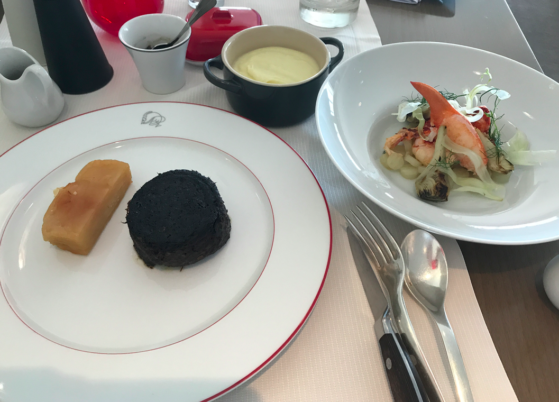
Find out that there is also a flight from New York to Buffalo (which is more than one hour CLOSER to Toronto by car, and the flight arrives around the same time as the Rochester flight. That would save me more than one hour of driving = one more hour of sleep…
I rebook my flight.
(Lesson: Never trust airline personel to have your best option in mind, not because they are nasty, but because they might not be seeing your whole problem.)
Call client to tell them I have found a solution – and ask them to book me a car + driver to pick me up in Buffalo at 22.30 PM. (Looks like I will arrive in Toronto at around 1.30 AM. Which will give me 5,30 hours of sleep (+ all the sleep I will get on the flight.)
Fly first class on Air France to New York (nice, but not as nice as I had hoped, coolest part: getting a driver to drive me in a Jaguar to the plane.)
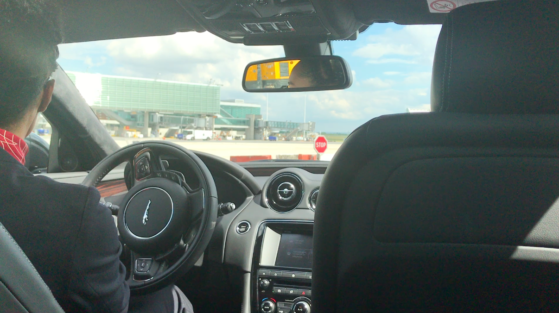

Arrive in New York only to find out that the plane to Buffalo is delayed by 3+ hours…
(Good thing (!) I had decided to go for First Class ticket so that I could sleep well for the long Atlantic flight in a flat-bed.)
Arrive in Buffalo at around 2 AM and is met by my driver.
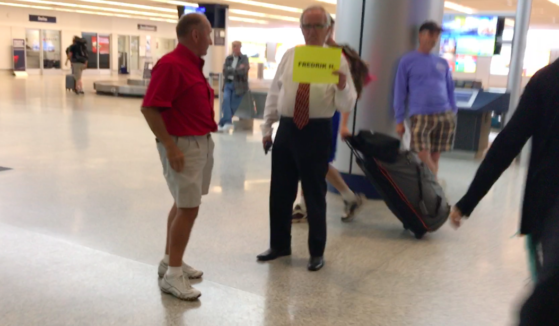
Driver makes a few wrong turns but we finally drive in to Canada – without needing to show any eTA…
Arrive in Toronto at 3.30 AM.
Go to sleep at 4 AM.
Sleep 3 hours.
Wake up at 7 AM. Go down and meet the client – who is ecstatic that I have been able to solve the situation and arrive in time for my speech.
Do sound check, have breakfast, listen to the other internal speakers.

And at 10.15 AM walk up infront of 5000 people and deliver my keynote speech. As promised.
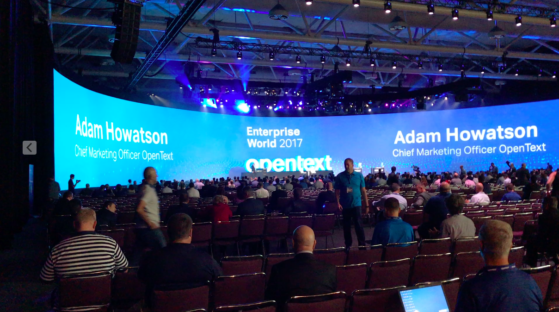
Final Lesson: Always, always, always make every effort that you can to make it to your speaking destination in time. Even if that means paying for a fist class ticket with your own money, flying in to the wrong country, or driving through the night to get to your destination. (or in the case of my little speaker war story as of yesterday: all of the above…
Bonus Lesson: Always google visa rules to make sure visa rules have not changed since you were in the county last…
Now at Toronto airport getting ready to fly back to Europe again.
